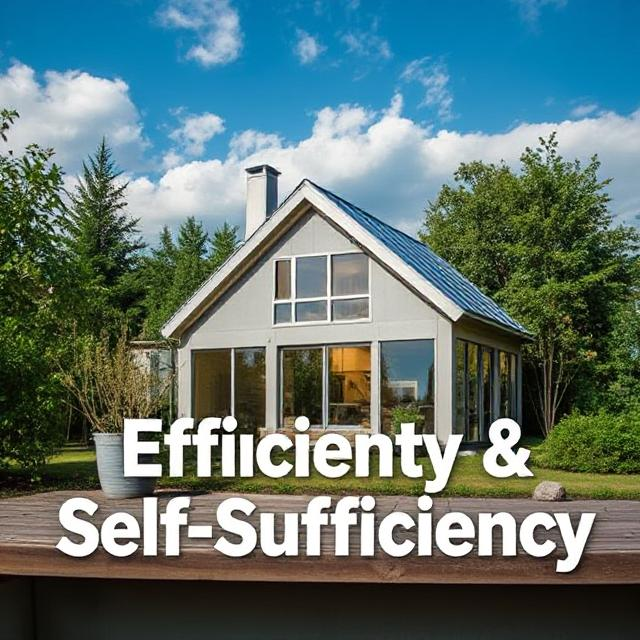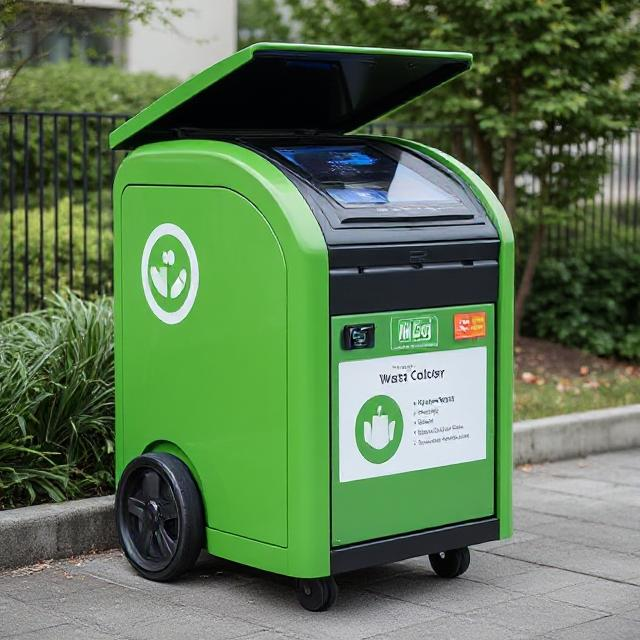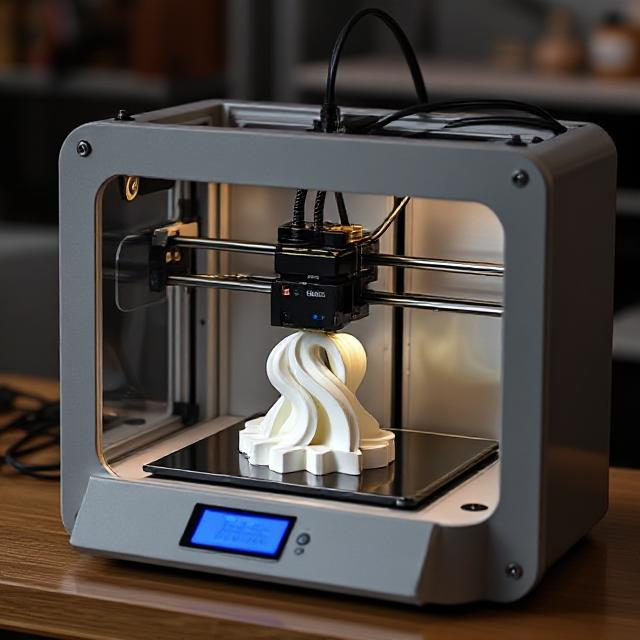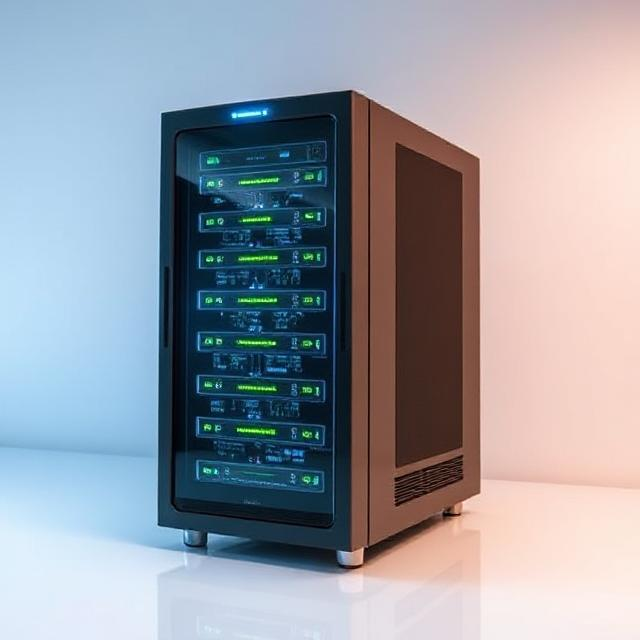Resource Efficiency
To build self-sufficient and resilient smart cities, StarCity Multimedia Ltd will focus on maximizing internal resources and minimizing external dependencies. This approach will create resource-efficient cities that optimize the use of energy, water, waste, and local materials, ensuring long-term sustainability and economic autonomy.
Energy Efficiency & Self-Sufficiency

Renewable Energy Systems
Solar Power Generation: Distributed solar panels on rooftops and open spaces will be installed to generate clean energy. Each building or sector in StarCity will contribute to the overall energy supply. Solar farms will be set up in surrounding areas to ensure a constant supply of energy. Energy storage solutions using batteries and hydrogen storage will ensure that excess energy generated during the day is stored for nighttime use or during periods of high demand.
Wind & Biogas Power Generation: Wind turbines will be placed in areas with optimal wind conditions to harness natural wind energy. Biogas plants will convert organic waste from agriculture, livestock, and municipal waste into renewable biogas, which can be used for power generation and heating.
Smart Grids for Efficient Distribution:
Smart grids will connect renewable energy sources to households and businesses, allowing for real-time monitoring and management of energy usage, minimizing waste, and enabling energy trading between residents.
Microgrids: Small, localized microgrids will provide independent energy systems for neighborhoods or sectors. These microgrids can operate autonomously if necessary, ensuring energy security and reducing reliance on external sources.
Energy-Efficient Infrastructure
Building Design & Smart Building Management: All buildings will be designed using energy-efficient materials (e.g., insulated walls, solar-reflective roofing). Smart building management systems (BMS) will control heating, cooling, lighting, and appliances based on real-time usage data to minimize energy consumption. AI-powered systems will predict energy demand and optimize distribution within buildings.
District Heating & Cooling Systems: Centralized heating and cooling systems will be developed using geothermal energy or waste heat recovery to provide energy-efficient climate control across multiple buildings. These systems will reduce energy waste and ensure that each sector within StarCity is self-reliant in maintaining a comfortable temperature year-round.
Water Efficiency & Management

Smart Water Systems
Water Recycling & Reuse: Greywater from sinks, showers, and washing machines will be filtered and reused for irrigation, industrial processes, and even toilet flushing. Rainwater harvesting systems will be installed to capture and store water for non-potable uses, such as landscaping and irrigation.
Smart Water Meters & Leak Detection: IoT-enabled smart meters will monitor water usage in real-time, helping residents and businesses reduce consumption. Leak detection sensors will be installed in water distribution networks, ensuring that water loss is minimized and leaks are fixed promptly.
Localized Water Treatment
Decentralized Water Treatment Plants: Modular, small-scale water treatment facilities will process water locally, ensuring that each neighborhood or district has access to clean, potable water. Desalination technologies can be explored in coastal areas, converting seawater into drinkable water through energy-efficient reverse osmosis systems.
Natural Filtration & Wetlands:
Constructed wetlands and natural filtration systems will be used to purify stormwater and wastewater, turning them into reusable water for irrigation or non-potable use.
Constructed wetlands and natural filtration systems will be used to purify stormwater and wastewater, turning them into reusable water for irrigation or non-potable use.
Waste Management & Resource Recovery

Circular Waste Management
Waste-to-Energy (WTE) Systems: Biogas plants will process organic waste, converting it into renewable energy. This minimizes landfill waste and provides a local energy source. Incineration technologies will be used to process non-recyclable waste, generating energy while reducing the volume of waste sent to landfills.
Recycling & Material Recovery: Advanced sorting systems will ensure that recyclables like plastics, metals, and paper are separated and sent to dedicated processing facilities. AI-powered waste management systems will optimize waste collection routes and schedules, reducing fuel consumption and operational costs.
Composting & Organic Waste
Community Composting Initiatives: Neighborhood composting programs will allow residents to process food scraps and yard waste into nutrient-rich compost, which can be used in urban farms or local green spaces. Food waste will be diverted to composting facilities instead of landfills, minimizing methane emissions and creating a valuable resource.
Waste-to-Fertilizer Systems:
Organic waste from food production, livestock, and municipal waste will be converted into compost and biofertilizers. This process will reduce the need for synthetic fertilizers and improve soil health for urban agriculture.
Organic waste from food production, livestock, and municipal waste will be converted into compost and biofertilizers. This process will reduce the need for synthetic fertilizers and improve soil health for urban agriculture.
Sustainable Materials & Local Production

Localized Manufacturing & 3D Printing
3D Printing with Recycled Materials: 3D printing technologies will be used for local production of construction materials, furniture, and consumer goods using recycled plastics, metals, and other waste materials. This reduces the reliance on external supply chains and promotes the use of local, recycled materials.
Eco-Friendly Construction Materials: Buildings in StarCity will use locally sourced, sustainable building materials, such as recycled concrete, rammed earth, and green roofs. Modular construction techniques will reduce material waste and speed up building processes.
Urban Farming & Food Production
Vertical Farming & Aquaponics: Urban vertical farms will produce food locally, reducing the need for long-distance food transportation and ensuring access to fresh produce. Aquaponic systems, combining fish and plant farming, will provide sustainable food using a fraction of the land and water compared to traditional farming.
Community-Supported Agriculture (CSA):
CSA models will allow residents to directly support local farms, ensuring fresh, seasonal produce and reducing reliance on external food imports.
CSA models will allow residents to directly support local farms, ensuring fresh, seasonal produce and reducing reliance on external food imports.
Digital Infrastructure for Resource Optimization

AI & IoT Integration for Resource Monitoring
Real-Time Resource Management: IoT sensors and AI algorithms will continuously monitor energy, water, and waste usage across the city, providing data that allows city administrators to optimize resource distribution and reduce waste. These systems will allow residents to track their own resource consumption and make informed decisions to reduce their environmental impact.
Data-Driven Urban Planning: Big data analytics will enable predictive models that forecast resource demand and ensure that StarCity’s growth is aligned with available resources. AI will assist in planning resource-efficient urban developments, from energy-efficient housing to sustainable transportation networks.
